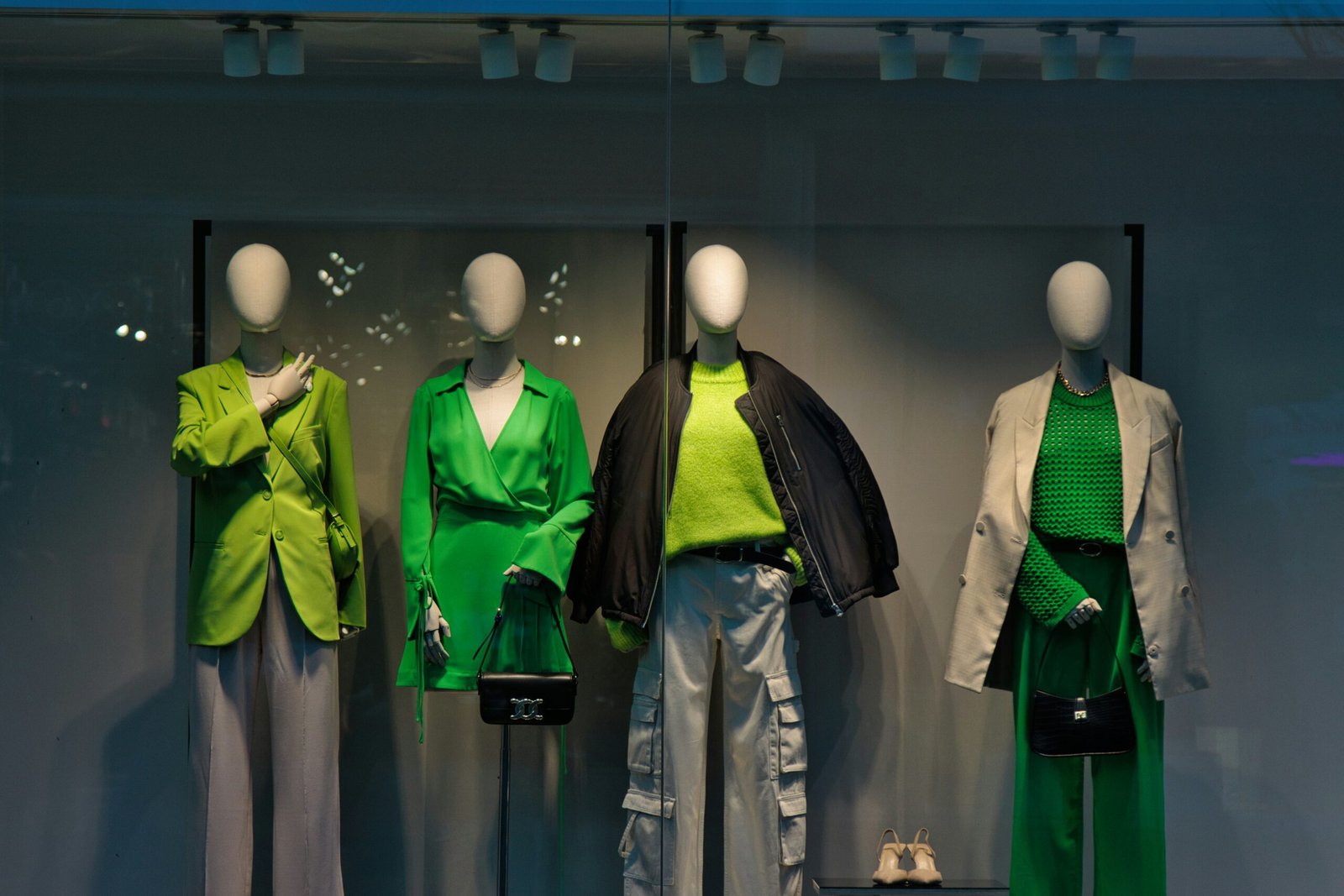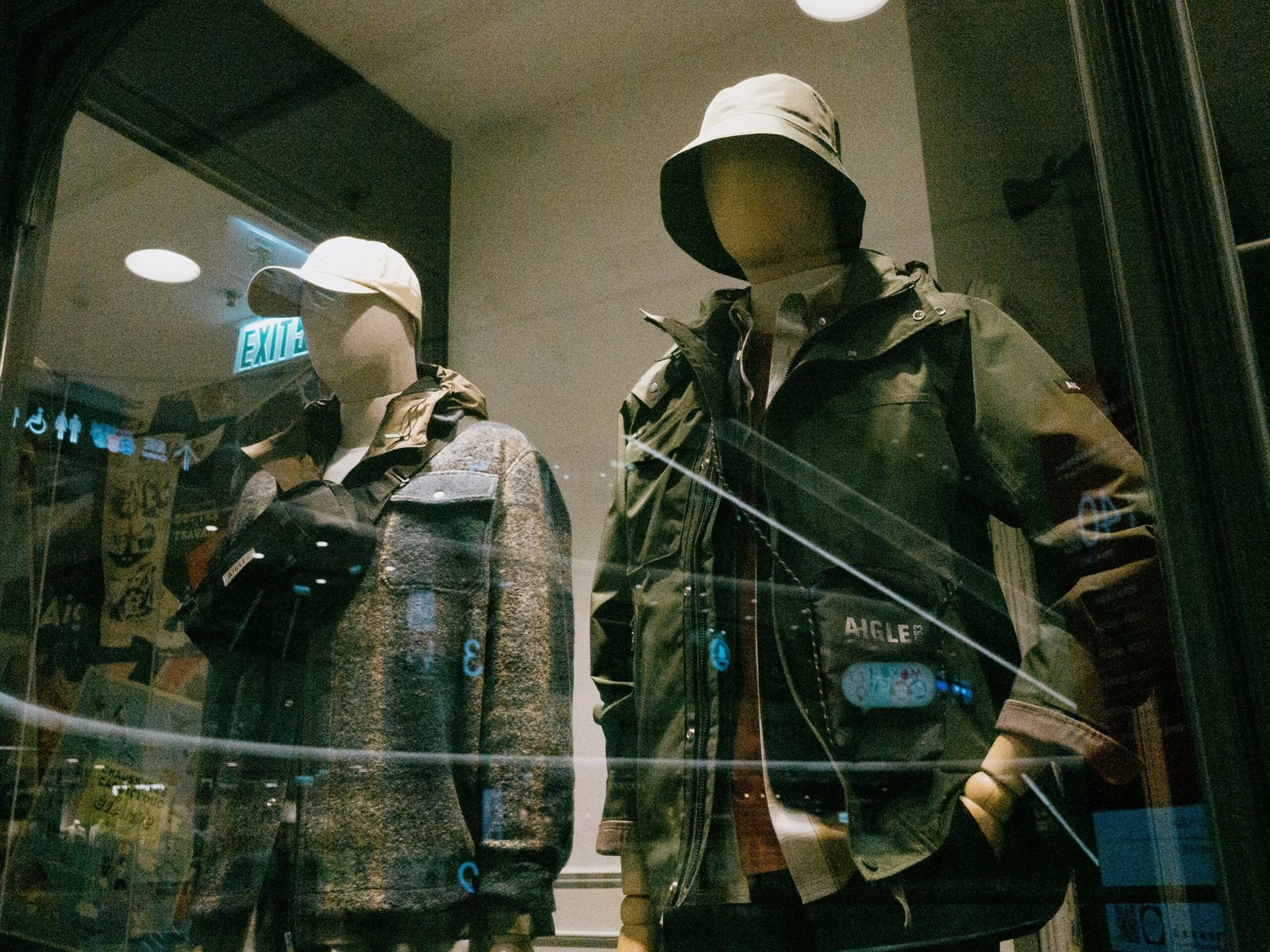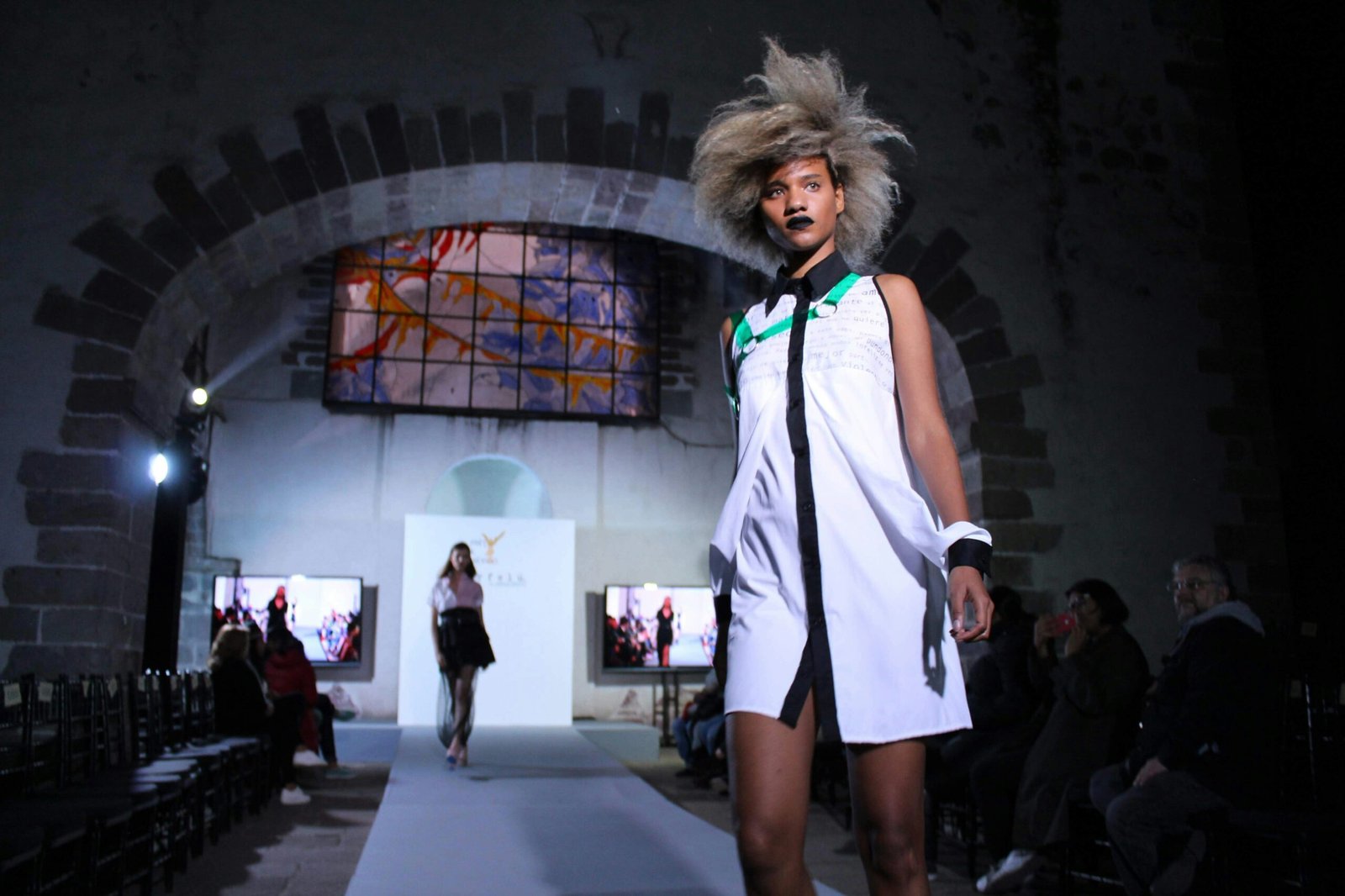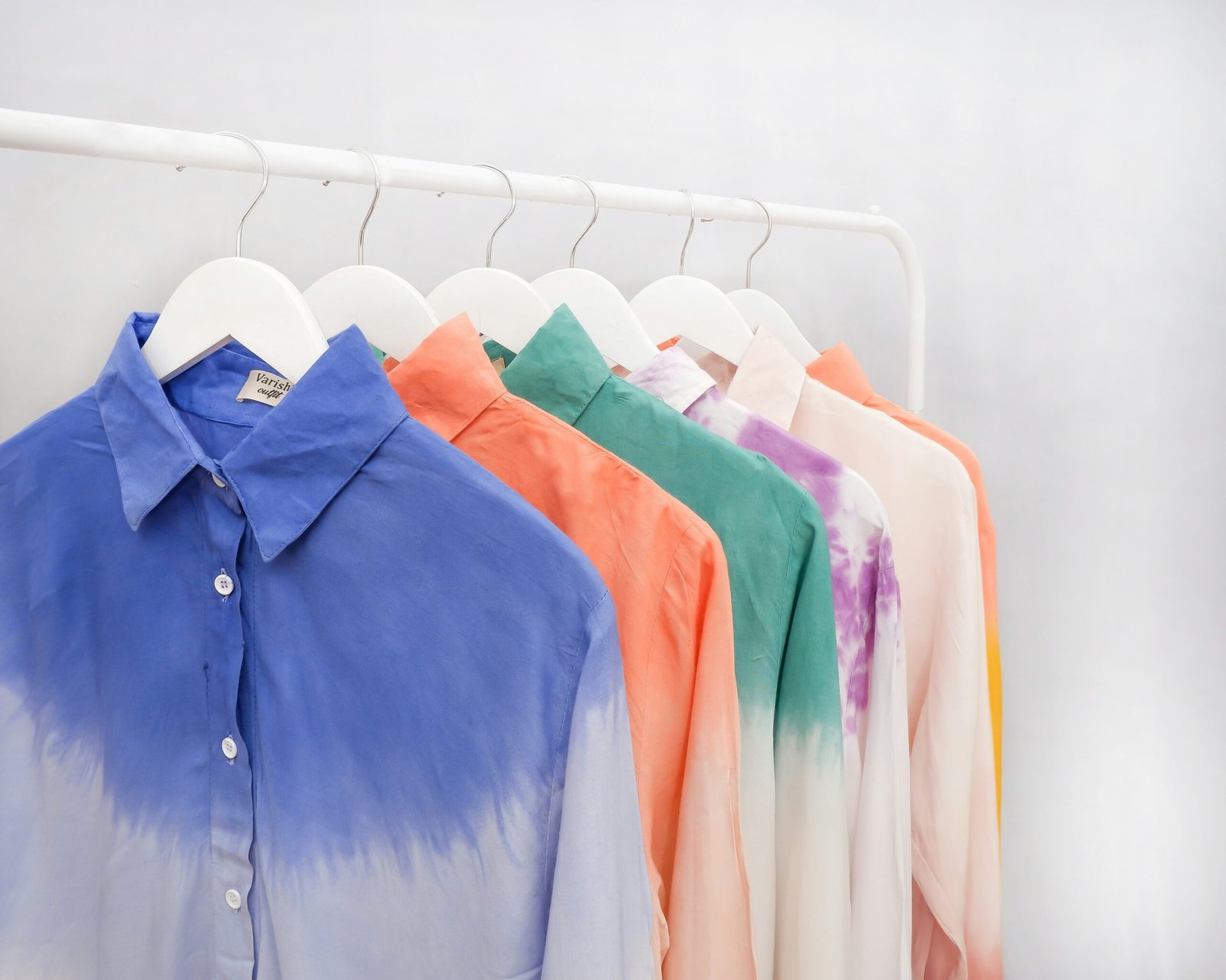Introduction
The digital era has transformed how we explore, adopt, and showcase fashion. No longer limited to traditional runway shows or glossy magazines, style inspiration now flows through social media feeds, virtual wardrobes, and AI-driven recommendations. As technology evolves, so does fashion, influencing not only how people dress but also how they express individuality in a rapidly changing world.
This article highlights the key fashion trends shaping modern wardrobes, exploring how technology, culture, and sustainability redefine the future of style.
1. Digital-First Fashion: Virtual Runways & AI Styling
The fashion industry has embraced digital innovation, turning virtual experiences into style-defining moments. High-end brands now host virtual fashion shows accessible worldwide, allowing enthusiasts to experience collections from anywhere.

AI styling tools are also reshaping personal fashion choices. These platforms suggest outfits based on body type, skin tone, weather, and even mood. For e-commerce users, it means better decision-making when selecting apparel online, ensuring a closer match to personal preferences.
2. Sustainable & Eco-Conscious Fashion
With growing awareness of environmental concerns, sustainable fashion has moved from niche to mainstream. The digital era makes it easier to trace a garment’s journey—where it was made, what materials were used, and whether ethical practices were followed.

Key elements include:
-
Organic fabrics like hemp, bamboo, and organic cotton.
-
Recycled textiles made from post-consumer waste.
-
Slow fashion, emphasizing quality and durability over fast-changing trends.
Brands are now more transparent, sharing certifications and environmental initiatives to build trust with conscious consumers.
3. Gender-Neutral & Inclusive Apparel
Fashion no longer confines itself to traditional gender boundaries. Gender-neutral collections are becoming a norm, focusing on versatile designs that appeal to diverse audiences.

Additionally, inclusivity extends to sizing. Many brands now embrace extended size ranges and adaptive clothing to cater to differently-abled individuals. This inclusivity-driven approach reflects a cultural shift toward self-expression and individuality.
4. Tech-Integrated Clothing & Smart Fabrics
The integration of technology into clothing is one of the most exciting trends of the digital era. Smart fabrics can regulate body temperature, monitor health metrics, or even charge electronic devices.
Some key innovations include:

-
Jackets with built-in heating systems.
-
Sneakers embedded with fitness tracking technology.
-
Fabrics that change color under different lighting or temperatures.
These advancements represent the merging of fashion, wellness, and technology, making clothing functional beyond aesthetics.
5. Virtual Try-Ons & Augmented Reality (AR)
Shopping online has always posed a challenge: “How will this look on me?” AR tools now solve that problem. Many platforms offer virtual try-on features, where users can see how clothing fits through digital avatars or real-time camera integration.
This trend improves confidence when selecting outfits online and reduces returns—benefiting both shoppers and retailers.
6. Nostalgic Fashion with a Modern Twist
While technology drives futuristic trends, nostalgia continues to influence digital-era fashion. Styles from the ‘90s and early 2000s—oversized blazers, baggy jeans, chunky sneakers—are making a comeback, often reimagined with sustainable fabrics and contemporary tailoring.

Social media platforms like TikTok and Instagram have amplified this revival, with influencers showcasing modern takes on vintage classics.
7. The Rise of Digital Fashion & NFT Clothing
In the digital era, fashion doesn’t always exist physically. Digital fashion—clothing designed solely for virtual use—has gained traction among Gen Z and tech-forward consumers.
NFT-based apparel allows users to own exclusive digital pieces for avatars in virtual worlds, gaming platforms, or metaverse events. This futuristic concept blurs the line between physical and digital self-expression.
8. Personalized Fashion Through Data & AI
AI algorithms analyze browsing behavior, past selections, and style preferences to create highly personalized recommendations. Instead of generic suggestions, users see tailored options that align with their lifestyle and aesthetic.

This personalization enhances the online experience, ensuring that every interaction feels curated rather than overwhelming.
9. Collaborative Collections & Influencer-Led Trends
The digital era has redefined who sets fashion trends. While luxury houses and designers still lead, influencers and content creators often introduce new styles to mass audiences.
Collaborations between brands and influencers result in capsule collections that feel authentic and relatable. Consumers are drawn to styles worn by real people, fostering a sense of connection with the trendsetters.
10. The Minimalist & Capsule Wardrobe Movement
While maximalism has its moment, many fashion enthusiasts are embracing minimalist wardrobes—fewer items, higher quality, and versatile designs that can be mixed and matched.

Capsule wardrobes emphasize timeless essentials, reducing clutter and focusing on long-lasting style. Digital platforms now provide virtual wardrobe planners, helping users manage collections efficiently and sustainably.
11. Cultural Fusion & Global Style Inspiration
Digital connectivity has made global fashion more accessible than ever. Korean streetwear, Japanese minimalism, African prints, and European tailoring all influence modern collections.
Social media platforms showcase diverse cultural aesthetics, inspiring brands to blend traditional craftsmanship with modern silhouettes—resulting in globally inspired, digitally promoted fashion lines.
12. Fashion in the Metaverse
The metaverse has introduced a new dimension to fashion—virtual identities. High-end brands and independent designers are launching exclusive collections for digital avatars, creating a market where clothing can be worn in virtual social spaces.

Owning digital clothing is becoming a status symbol, much like luxury items in the physical world, further proving fashion’s evolution beyond tangible boundaries.
13. AI-Powered Fashion Forecasting
Predicting trends is no longer just about intuition and experience. AI now scans global social media activity, search data, and purchasing behavior to forecast future styles.
This ensures that collections remain relevant while catering to fast-changing tastes in a digital-first world.
14. On-Demand & Customizable Apparel
Mass production is slowly giving way to on-demand clothing, where garments are made only when ordered. This model minimizes waste and allows greater customization—size, color, fabric, and even design details.

Customizable apparel reflects the digital era’s push toward individuality and personalization while aligning with sustainable practices.
Final Thoughts
Fashion in the digital era is not just about clothing—it’s about experience, identity, and innovation. From virtual try-ons and smart fabrics to sustainable practices and digital-only apparel, trends reflect a seamless blend of creativity and technology.
As fashion continues to evolve, staying informed about these shifts helps individuals embrace styles that resonate with their values—whether that means exploring futuristic fabrics, adopting eco-conscious practices, or curating digital wardrobes for the metaverse.